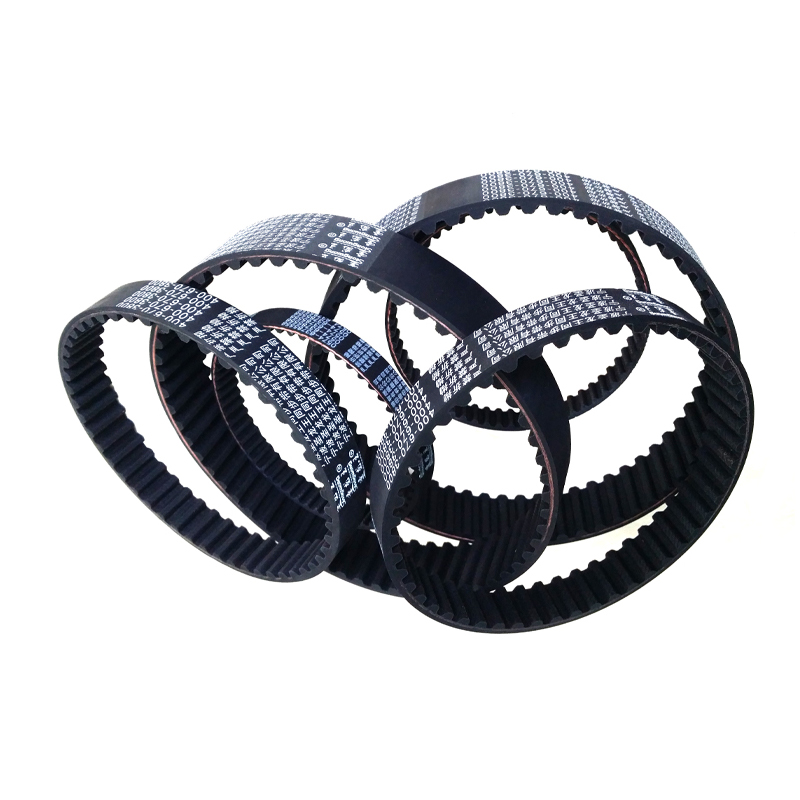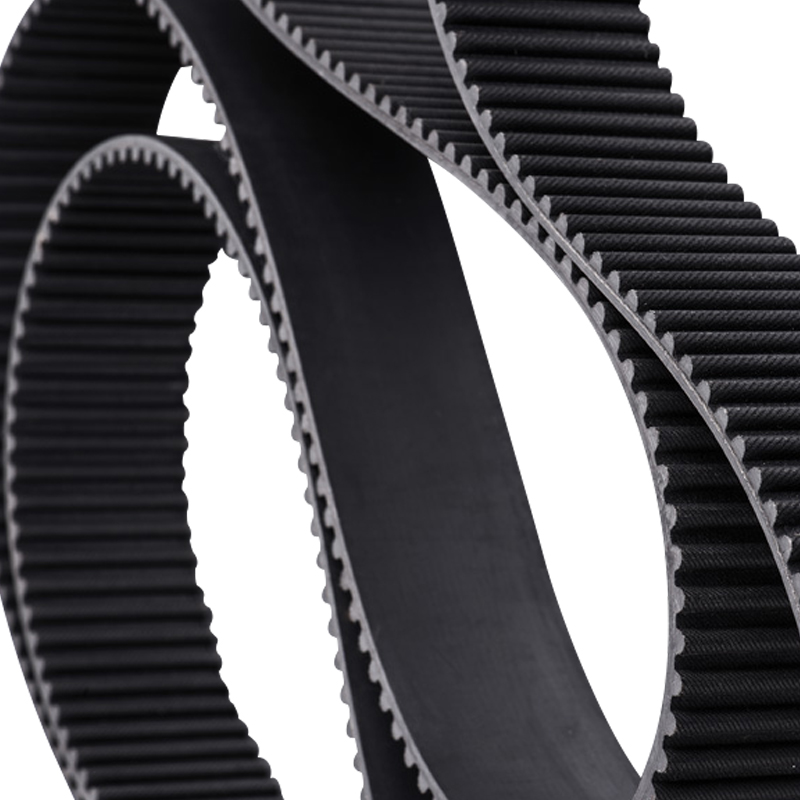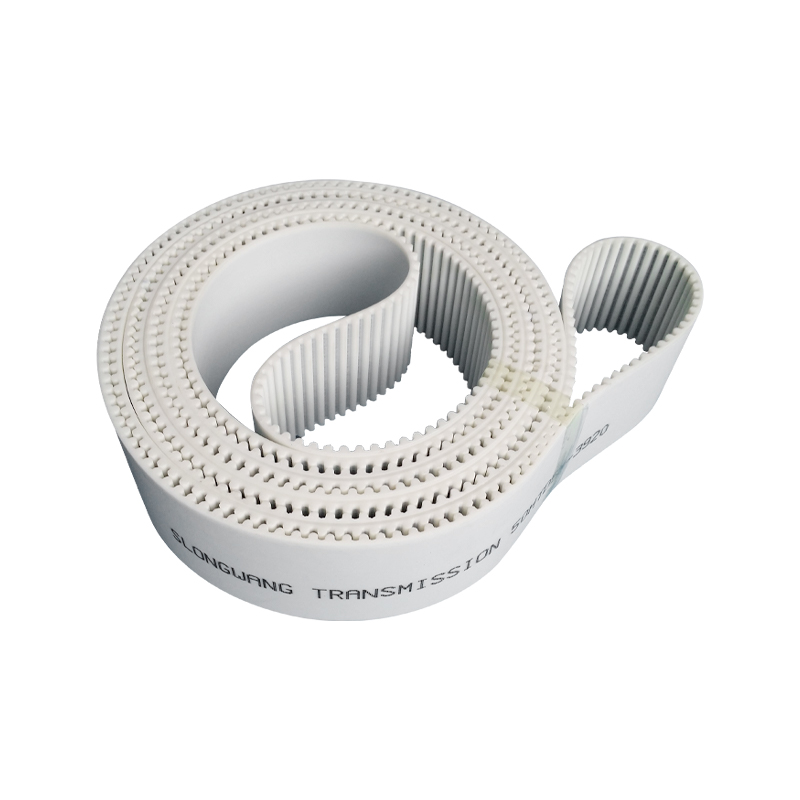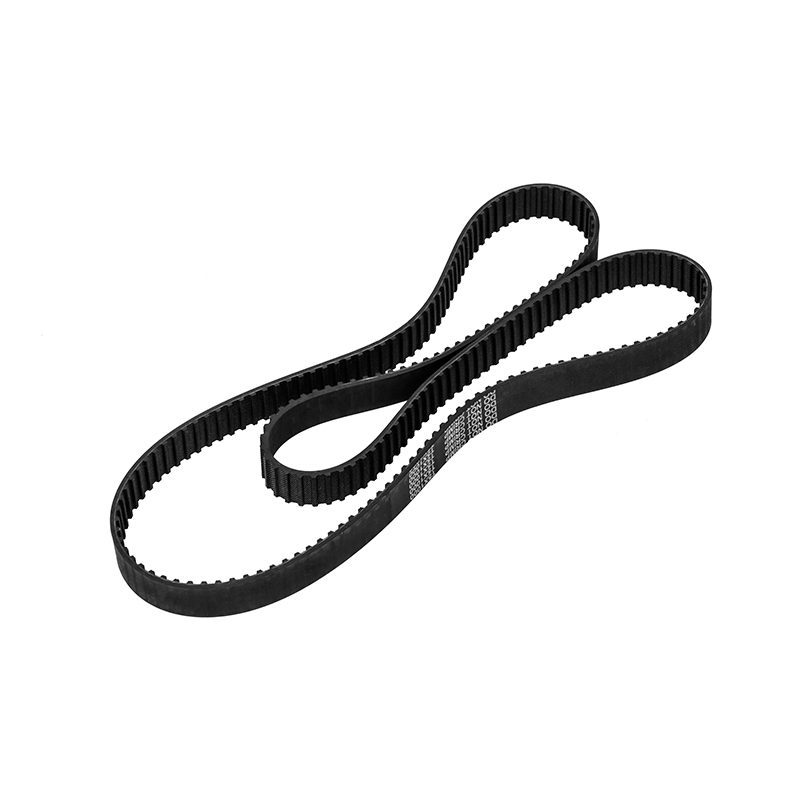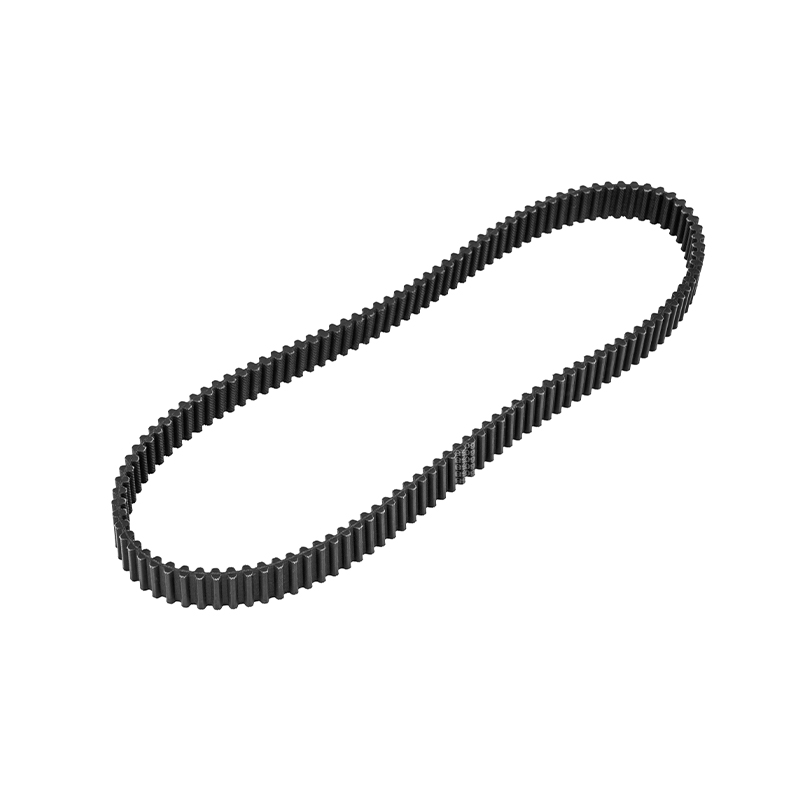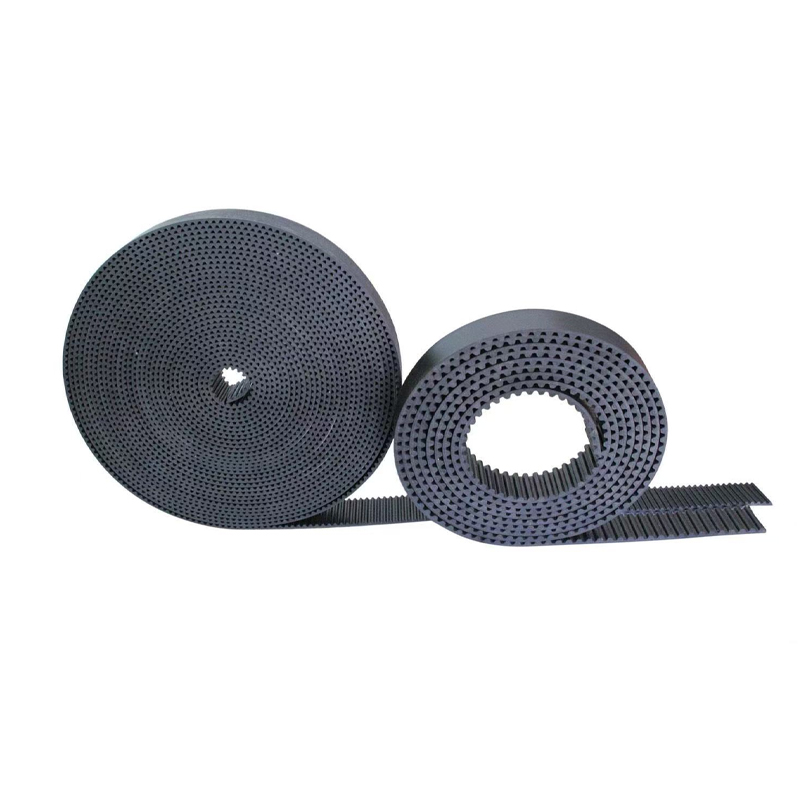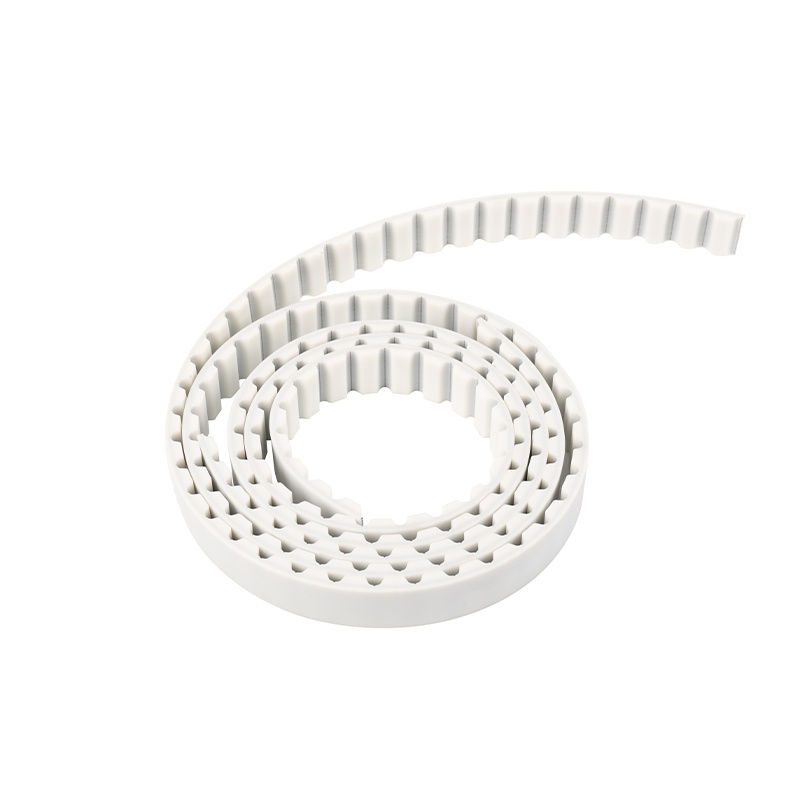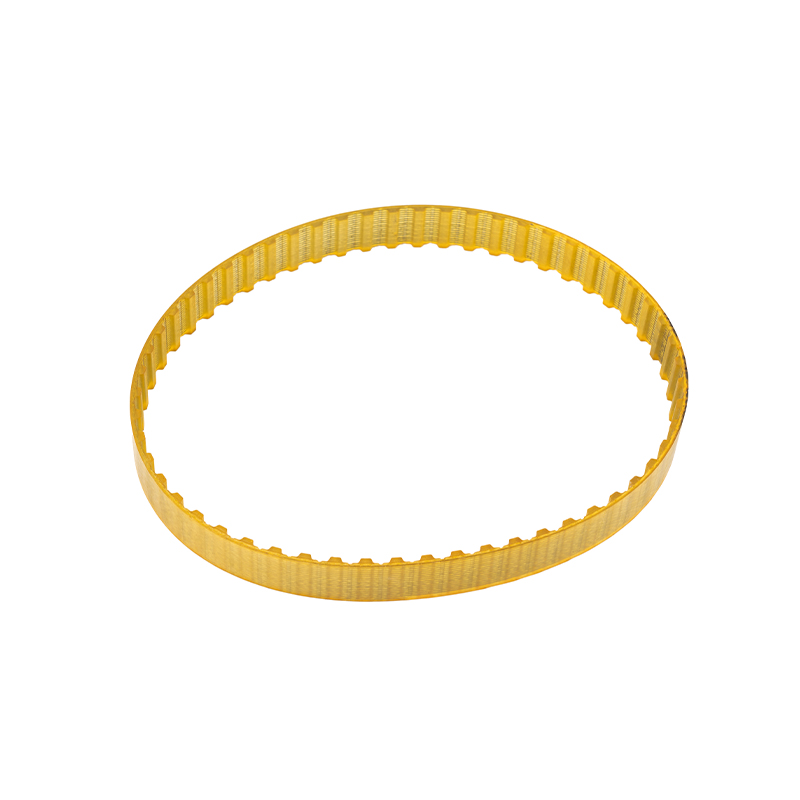How to improve the durability and performance of synchronous belt tooth plates?
2025-09-24
Content
As a key component in modern mechanical transmission systems, synchronous belt tooth plates are widely used in automation equipment, robotics, precision instruments, and new energy vehicles. Their primary function is to achieve high-precision and high-efficiency power transmission, working alongside the synchronous belt. With the continuous advancement of industrial demands and technological advancements, the durability and performance of synchronous belt tooth plates have become crucial criteria for measuring the efficiency and stability of transmission systems. Improving their durability and performance is crucial to ensuring a long service life and efficient operation in complex operating environments.
The Importance and Working Principle of Synchronous Belt Tooth Plates
The synchronous belt tooth plate works closely with the synchronous belt to create a precise transmission mechanism. During operation, the teeth of the synchronous belt precisely mesh with the grooves of the tooth plate, transmitting power and ensuring efficient, slip-free transmission. This reduces energy waste and improves transmission accuracy. The design and material selection of the synchronous belt tooth plate directly impact the transmission efficiency, noise level, and service life of the entire system. As operating requirements increase, synchronous belt tooth plates must not only possess high load-bearing capacity but also demonstrate strong durability and reliability under various operating conditions.
Key Factors Affecting Synchronous Belt Tooth Plate Durability and Performance
When improving the durability and performance of synchronous belt tooth plates, several key factors must be considered, including material selection, tooth profile design, surface treatment, lubrication and maintenance, and the operating environment. These factors directly determine the performance of the tooth plate in actual use.
Material Selection
The material of a synchronous belt tooth plate directly determines its strength, wear resistance, corrosion resistance, and high-temperature resistance. Common materials include steel, aluminum alloy, plastic, and composite materials.
Steel tooth plates: Offer high strength and wear resistance, suitable for high-load, high-speed applications.
Aluminum alloy tooth plates: Offer low weight and excellent corrosion resistance, suitable for applications requiring minimal weight.
Engineering plastic tooth plates: In low-load and low-speed environments, plastic tooth plates can effectively reduce friction and offer excellent corrosion resistance.
Composite tooth plates: Combining the advantages of metal and plastic, they offer high strength, low friction, and excellent corrosion resistance, making them suitable for use in dynamic and complex environments.
Selecting the right material can significantly improve the load-bearing capacity of synchronous belt tooth plates and extend their service life.
Tooth Profile Design
Tooth profile design is crucial to the performance and durability of synchronous belt tooth plates. Improper tooth profile design can lead to poor tooth contact, excessive friction, and uneven wear, thus affecting transmission efficiency and system stability. A proper tooth profile design not only improves transmission efficiency but also effectively extends tooth plate service life.
Tooth Groove Depth and Shape: The depth and shape of the tooth grooves must precisely match the tooth profile of the synchronous belt. Tooth grooves that are too deep or too shallow will result in poor tooth contact, increasing wear and friction.
Tooth Profile Angle and Surface Smoothness: Proper tooth profile angles effectively distribute loads, reduce localized stress, and minimize tooth wear. The smoother the tooth surface, the lower the friction and the higher the transmission efficiency.
Optimizing tooth profile design not only improves the meshing stability between the tooth plate and the synchronous belt, but also effectively reduces frictional losses, enhancing overall system performance.
Surface Treatment Technology
Surface treatment technology is an important means of enhancing the durability of synchronous belt tooth plates. Heat treatment, coating, or electroplating of the tooth plate surface can significantly enhance its wear resistance, corrosion resistance, and fatigue resistance.
Heat treatment: Heat treatment effectively increases the hardness of the tooth plate surface and improves wear resistance, ensuring that the tooth plate maintains optimal performance under high loads and high speeds.
Electroplating and coating: Electroplating technologies (such as nickel plating and zinc plating) and coating technologies (such as PTFE coating) provide additional protection for the tooth plate against corrosion and friction. These surface treatment technologies can significantly improve the durability of the tooth plate, especially in high-humidity, high-temperature, or corrosive environments.
Surface treatment not only improves the tooth plate's wear resistance but also enhances its corrosion resistance, extending its service life.
Lubrication and Maintenance
Lubrication is crucial for ensuring stable operation of synchronous belt tooth plates. Proper lubrication reduces friction between the tooth plate and the synchronous belt, minimizing wear and tear, thereby improving transmission efficiency. The choice of lubrication method is closely related to operating conditions.
Lubricating oil: Lubricating oil is suitable for high-speed systems, forming a good oil film between the tooth surfaces, reducing friction and temperature rise.
Grease: Grease is suitable for high-load, low-speed applications, effectively maintaining lubrication and minimizing lubricant loss.
Solid lubricants: For applications in extreme temperatures and environments, solid lubricants (such as graphite and molybdenum disulfide) offer excellent heat and pressure resistance.
Regular inspection and timely replacement of lubricants are crucial for maintaining the tooth plate in good working condition. Furthermore, by accurately monitoring the operating conditions of the tooth plate and synchronous belt, wear or failure can be detected promptly, allowing preventive maintenance to be performed to avoid system failure caused by excessive wear.
Working Environment Optimization
The working environment's impact on synchronous belt tooth plates cannot be ignored. High temperatures, humidity, corrosive gases, and contaminants can accelerate tooth plate wear and aging, so optimizing the working environment is a key strategy for improving tooth plate durability.
Temperature Control: High temperatures can easily degrade material properties, so choosing high-temperature-resistant materials or using a cooling system to reduce tooth plate temperature is recommended.
Humidity and Corrosion Protection: In humid or corrosive environments, using corrosion-resistant materials (such as stainless steel and aluminum alloys) or applying special corrosion protection treatments (such as nickel plating or anti-corrosion coatings) can significantly improve tooth plate durability.
Contaminant Control: Regularly clean the tooth plates and synchronous belts to prevent contaminants such as dust and particulate matter from causing wear on the tooth plates, ensuring long-term, stable system operation.
By optimizing the working environment, you can effectively reduce the negative impact of external factors on the tooth plates, improving their stability and durability.
Strategies for Improving the Durability and Performance of Synchronous Belt Tooth Plates
Material Innovation and Selection
Advances in materials technology have led to the application of new composite materials, high-performance plastics, and nano-coatings, providing a wider range of options for synchronous belt tooth plates. Using materials with high strength, high toughness, wear resistance, and excellent corrosion resistance can significantly enhance tooth plate performance.
Tooth Profile Optimization and Precision Machining
Using computer-aided design (CAD) and computer-aided manufacturing (CAM) technologies, the tooth profile of the tooth plate can be precisely designed, optimizing the tooth groove depth and shape, thereby improving meshing performance between the tooth plate and the synchronous belt and reducing friction loss. Furthermore, precision machining ensures a smooth surface and precise dimensions, further enhancing operating efficiency and stability.
Surface Treatment Technology Application
Advanced surface treatment technologies, such as laser hardening, coatings, and nano-coatings, can improve the wear and corrosion resistance of tooth plates. These surface treatments can significantly enhance tooth plate durability, especially in extreme environments.


 English
English 中文简体
中文简体